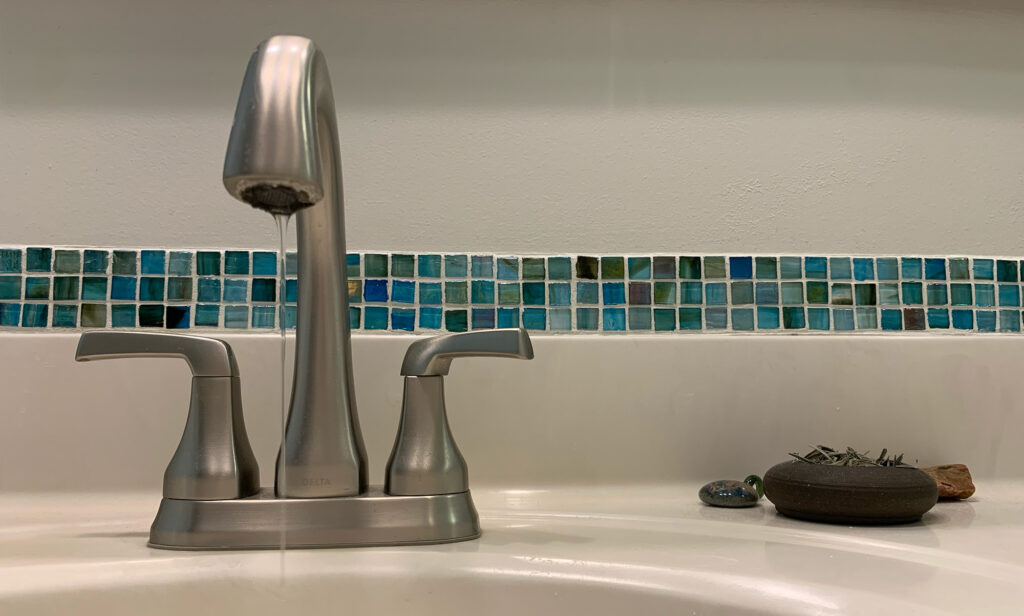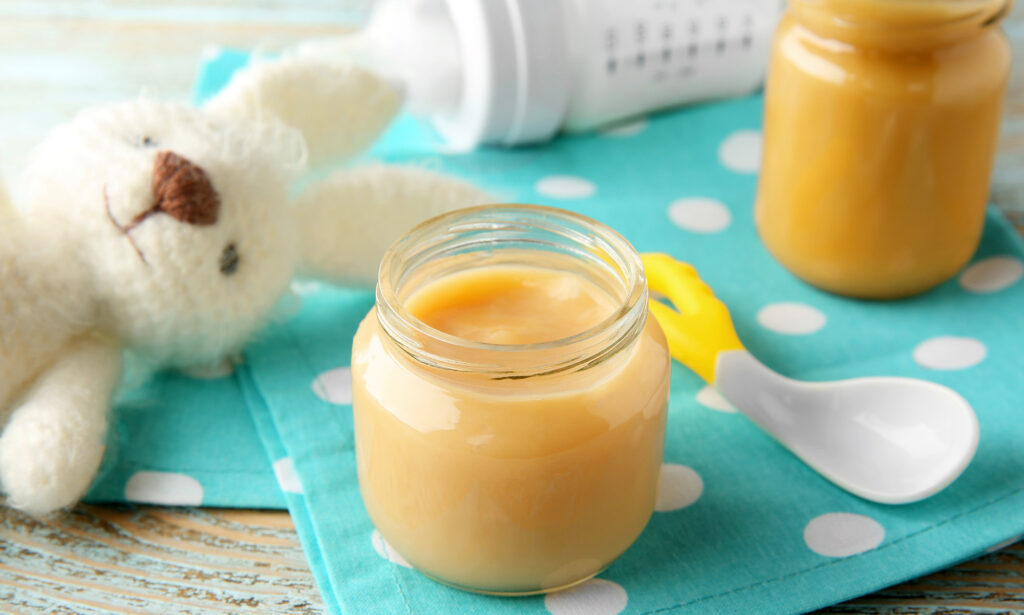What happened?
Beginning January 1, 2024, manufacturers of baby food or of drinking water faucets must comply with new requirements designed to reduce people’s exposure to lead. California’s legislature played a significant role making each happen. Let’s start with mandatory testing of baby food for arsenic, cadmium, lead, and mercury and then turn to tighter lead leaching standards for drinking water faucets and related devices.
Mandatory testing of baby food for arsenic, cadmium, lead, and mercury
Requirement
A new California law, AB-899, enacted in 2023 and authored by Assemblymember Muratsuchi of Los Angeles, requires manufacturers to analyze a representative sample of each batch of their baby food products1 sold in California at least once a month, starting in January 2024, for arsenic, cadmium, lead, and mercury. The companies must also provide the results to the California Department of Public Health if requested by the agency.
Starting in January 2025, the companies must post the results on their website. In addition, if
FDA has established2 an action level for any of the four toxic elements for the food product, then
the product packaging must have a Quick Response (QR) code linking to the webpage.
Our Take
In January 2023, FDA proposed action levels for lead in baby food of 20 parts per billion (ppb) for dry infant cereals and single-ingredient root vegetable products. All other baby foods would have an action level of 10 ppb, half the limit adopted by the European Union in 2021.3
Unfortunately, FDA does not require that baby food companies: 1) test their products; 2) provide the information to the agency on request; or 3) disclose it to consumers. The new California law fills those gaps, and the market is large enough that most baby foods will be covered.
We recognize that testing and disclosure alone will not ensure the levels of lead in the food will go down. However, in a competitive marketplace, transparency should drive companies to identify and implement growing, harvesting, and processing practices to have the lowest levels. If FDA instead adopts weak action levels, it could have the opposite effect.
The impact of the new requirements should be amplified when FDA finalizes the lead action levels for baby food as part of its Closer to Zero Initiative and triggers the label requirement in the California law. Currently, FDA has not set a deadline to finalize the proposal, but it may aim for 2024 in response to attention from the cinnamon applesauce pouch recalls, though it is not clear whether those products would meet the definition of baby food.
Next Steps
Unleaded Kids will be pressing:
- FDA to accelerate its efforts to propose and finalize action levels for lead, cadmium, and arsenic in baby foods and expand it to foods commonly consumed by babies and young children.
- California Department of Public Health should support the effort by requesting the test results from the companies and provide it to both FDA and the public. There is no need to wait for 2025.
- Baby food companies to proactively release the results in advance of the 2025 deadline.

Tighter lead leaching standards for drinking water faucets and related devices
Requirement
Drinking water faucets and related plumbing devices made after January 1, 2024, that are certified as compliant with voluntary NSF/ANSI/CAN 61 consensus standard4 must meet a much tighter limit on the amount of lead that may leach into drinking water. The change is significant because most states mandate compliance to sell the products.
The new leaching limit is 1 microgram (µg)—down from 5 µg—based on their first 3 weeks of use as determined by a third-party evaluation. The limit is 0.5 µg for stop valves, flexible connectors, and miscellaneous devices that would typically contact the first liter of water consumers would use. From 2020 to 2023, the requirement, prompted by a California legislative proposal, was optional. Go here to find devices that meet this standard.
Our Take
Unfortunately, lead is common in brass and bronze either from intentional use as an alloy or from contamination. These devices can leach significant amounts of lead into water during their first few weeks of use, especially when the water is corrosive. As the brass or bronze acclimates to the water, the leaching typically drops off quickly.
The revised NSF/ANSI/CAN 61 standard is an important, incremental step forward in reducing this source of exposure to lead, especially when new plumbing is installed or old is replaced. Unfortunately, the NSF/ANSI/CAN 61 standard does not apply to materials used in food equipment, including coffee brewers, teapots, and commercial ice makers. For those, NSF/ANSI 51 applies and allows up to 2,500 parts per million of lead in the brass or bronze with no limit on leaching. In 2020, EDF and others petitioned FDA to ban the intentional use of lead in these devices, and also asked NSF to tighten its NSF 51 standards. FDA has taken no action for more than three years. NSF tabled the request pending action by FDA.
Next Steps
Unleaded Kids will be pressing:
- Manufacturers of faucets and all plumbing devices to get their products certified to meet the tighter limits in NSF/ANSI/CAN 61.
- Retailers and major users such as schools and childcare facilities to demand products that comply with the new tighter requirements.
- FDA and NSF to grant the petitions from EDF and others by banning the intentional use of lead in food equipment and setting tighter limits on lead content and lead leaching.
- A baby food product is based on unique universal product codes (UPC) that is “represented or purported to be specifically for babies and young children less than two years of age.” It does not include infant formula. ↩︎
- Presumably this means the action level must be finalized and not draft. ↩︎
- FDA has also finalized a 100 ppb limit for inorganic arsenic in infant rice cereal and 10 ppb in apple juice. ↩︎
- Standard is behind a paywall. To see the change, go to page 64 of the April 3, 2020 edition of the ANSI Standards Action. For more information on the standard, see ANSI Blog. ↩︎

